You have /5 articles left.
Sign up for a free account or log in.
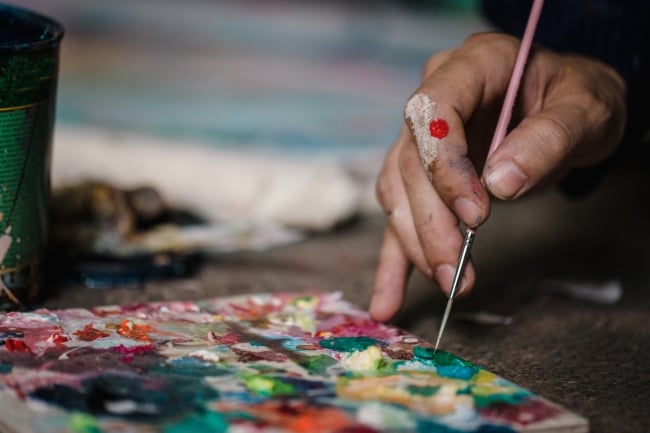
South_agency/Getty Images
Not long ago, readers who wanted access to original New York Times reporting generally had one option—access the stories via a paid subscription to the newspaper’s website or print edition. But OpenAI’s release of ChatGPT in late 2022 changed the news-consumption landscape.
Now, readers can ask the bot to report on the newspaper’s (earlier) coverage, which diminishes incentives to visit its site. As a result, The New York Times is considering legal action against OpenAI, as reported by NPR. The move echoes recent open letters, social media posts and lawsuits from authors, academic publishers and others seeking to protect their intellectual property rights from generative AI tools.
Large language models are trained on data—text, images, audio and video—much of which is scraped from the internet. Copyright laws are designed to ensure that authors maintain control over the ownership, use and distribution of their work. But machines are producing stories, art and music faster than lawmakers can issue policy statements and judges can adjudicate cases.
“Where AI companies like to say that their machines simply ‘read’ the texts that they are trained on, this is inaccurate anthropomorphizing,” the Author’s Guild wrote in a statement. “Rather, they copy the texts into the software itself, and then they reproduce them again and again.”
But not all agree that “copy” is the correct word.
“Rather than thinking of a [large language model] as copying the training data like a scribe in a monastery, it makes more sense to think of it as learning from training data like a student,” Matthew Sag, professor of law in artificial intelligence, machine learning and data science at Emory University, told a U.S. Senate committee last month.
Academics and the public await more clarity on the legality of generative AI outputs. But this moment has renewed discussion about influence—one preoccupied not with the law or even machines but with efforts to understand and champion the ways humans influence each other.
When Cameras Were an Emerging Technology
For a long time, humans relied on drawing, painting, sculpture, writing and other creative means to portray the world around them. Then, in the 1880s, a new piece of technology—the camera—was added to this tool kit. Suddenly, a significant barrier to producing realistic images was lowered.
Soon after, Napoleon Sarony took a photo of Oscar Wilde, which the Burrow-Giles Lithographic Company later reproduced without permission. Sarony subsequently sued for copyright infringement. In response, the company argued that those who use cameras do not create original works of art; they simply use machines to reproduce reality. But the U.S. Supreme Court disagreed.
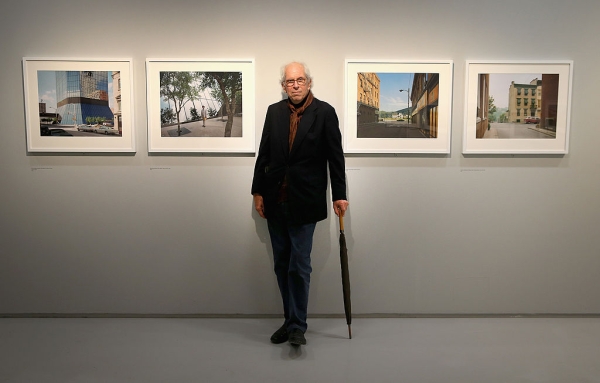
Chris Jackson Collection/Getty Images
“It means something that three-dimensional space is flattened into two-dimensional space, that time is stopped,” said Stephen Shore, an American photographer widely regarded for having established color photography as an art form. “People who understand this can use [a camera] as a tool to create what they want, which is not the same as the world.” Shore is the photography program director and Susan Weber Professor in the Arts at Bard College.
Many people use generative AI tools in their creative processes, just as many use cameras, according to Robert Mahari, a Ph.D. student in the MIT Human Dynamics Group and a J.D. candidate at Harvard Law School, who recently co-wrote a paper on the topic in Science. Mahari points to an example set by Jason Allen, an artist who took an output of Midjourney—a generative AI system—and refined it with more than 900 iterations to create a piece that won an award at the Colorado State Fair.
“It is an artistic, iterative process,” Mahari said. “But it remains an open question of where we draw the line … How do we continue to think about creativity and artistic merit in a world where it’s fairly easy to produce fairly high-quality artworks?”
Unanswered Copyright Law Questions
Like humans, AI can write, draw and sing. But only humans can own work, according to a U.S. Copyright Office policy statement issued earlier this year. Also, a U.S. District Court judge ruled last week that humans cannot copyright AI-generated work that is “absent any guiding human hand.”
So, who owns AI outputs? Here, the law is less clear. Some argue that authors whose copyrighted works are used to train AI systems have an ownership claim over the outputs the machines produce. Others say that those who use AI as a tool are the authors. The companies that create AI tools are also in this mix. To examine legal and policy issues related to generative AI, the U.S. Copyright Office launched an initiative earlier this year.
At the heart of this debate is the notion of fair use—a U.S. legal doctrine that allows for limited use of copyrighted material under certain conditions without permission from the copyright owner. Such use must be for a “transformative” purpose like criticism, comment, news reporting, teaching or research.
Policy makers are investigating a range of proposed solutions for addressing AI copyright concerns, Mahari explained. Some, such as allowing humans to opt out of having their copyrighted work included in AI training, could arrive late. That is, AI tools such as ChatGPT, which were trained on copyrighted works, are already in widespread use.
Others, such as requiring acknowledgement of training data that contributed to an AI output, require technical solutions that have not fully materialized. The government could also require tech companies to embed safeguards into their generative AI tools. That way, AI outputs would be sufficiently far away from copyrighted works on which the systems train. But how to quantify such distances remains an open question.
The path forward is fraught, if only because copyright laws seek to foster creativity. Laws that rein in AI systems could stifle human innovation. Alternatively, laws that give AI free rein could disincentivize humans from creating original works.
As the government rethinks copyright laws in light of generative AI technology and creative humans adopt emerging technology in their work, Mahari’s hope is that art “will continue to include people going on walks, having relationships with each other and doing what humans do.” Then, artists can make works that “are inspired and affected by those human experiences.”
Imperfect Technical Solutions
The influential British artist David Hockney’s bright exhibition The Arrival of Spring, Normandy, 2020 was an homage to painters that inspired him, including Monet, Matisse and Picasso. Had he not acknowledged those influences, an art historian might have been able to connect his subject matter, style and even presence in the region where those masters painted to works in his collection.
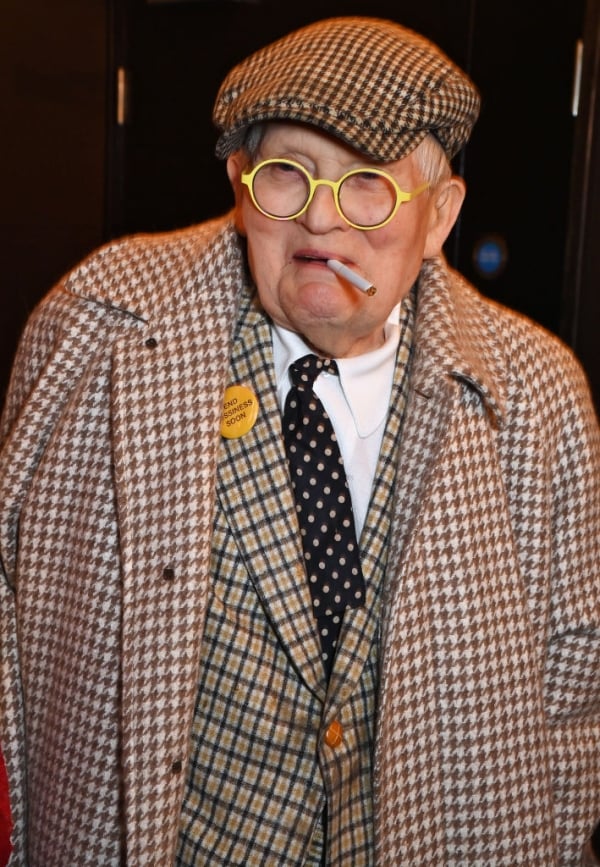
British artist David Hockney
David M. Benett/Getty Images
But identifying possible influences on AI-generated content presents a bigger challenge. That’s because the tools are trained on billion-image data sets, according to Alexei Efros, professor of computer science at the University of California, Berkeley.
Nonetheless, Efros, who received the Association for Computing Machinery’s Prize in Computing for groundbreaking data-driven approaches to computer graphics and computer vision, is working to make influences on generative AI outputs more explicit.
“It’s not my place to tell [the art world] what they should do,” Efros said. “But we can provide the technical machinery to, at the very least, suggest these citations of what could have potentially influenced [a synthetic work]. Then they can do whatever they want with it.”
But Efros acknowledges that the work, which is in the early stages, may ultimately prove unsatisfying for those seeking authoritative answers. Like AI writing detectors, AI image detection efforts deliver results in probabilities with “huge” margins of error.
“It’s the same when David Hockney paints his spring still life in Normandy,” Efros said. “How much was he influenced by say, Monet? And how much was he influenced by some TV program that he saw the night before? Nobody really knows.”
The ‘Absolute Murkiness’ of Influence
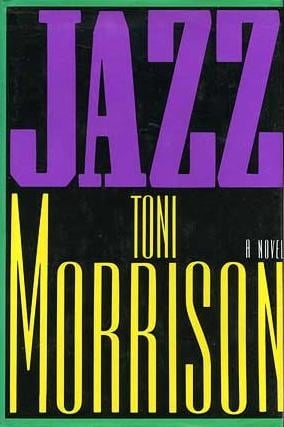
Alfred A. Knopf/Wikimedia Commons
Humans have long been inspired by others in creative and intellectual pursuits. Toni Morrison’s Jazz, for example, tells the story of a deadly 1920s love triangle. The narrative jumps around in time and perspective, much like the improvisational music after which the novel is named.
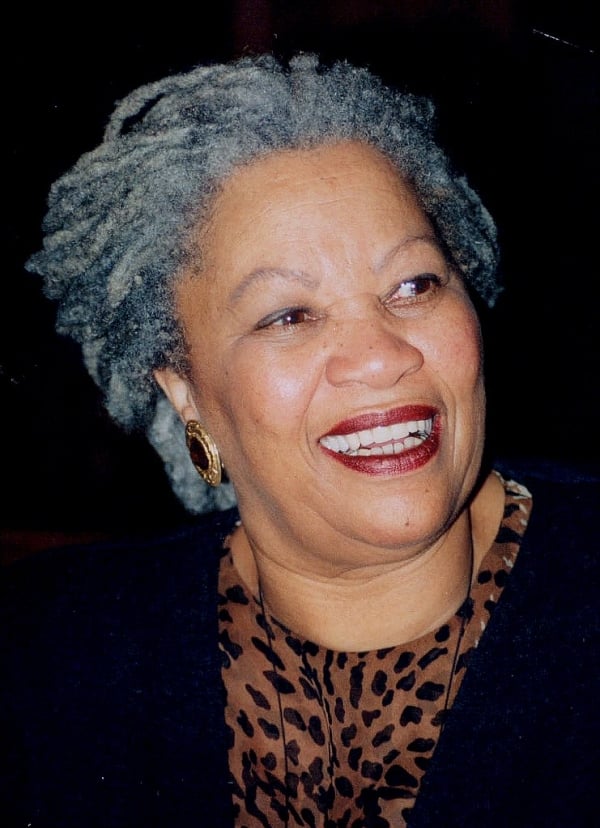
Writer Toni Morrison
John Matthew Smith/Wikimedia Commons
When one human imitates another’s style, they learn from established patterns, stretch their skills and often are celebrated for creating something new. But much like the precise moment when Dr. Jekyll transforms into Mr. Hyde, the boundary delineating influence from theft in creative endeavors is sometimes unclear. (The same may be said of the moment when Bruce Banner morphs into the Incredible Hulk, which was influenced by the Jekyll-and-Hyde story.) As with machines, influence in creative human endeavors exists on a continuum of acceptability.
“There is absolutely murkiness there, even at the fundamental level of how [humans] learn language,” said Whitney Gegg-Harrison, associate professor of writing, speaking and argument at the University of Rochester. “We are always learning from the speech community that we land in.” Gegg-Harrison, for example, watched a lot of British television as a child. But she cannot say whether her use of a specific Britishism hailed from Doctor Who.
“We’re wired as babies to pick up language. But what we actually pick up depends on the input that we get,” Gegg-Harrison said. “Everything we have ever produced is informed by that, and we can’t point to exactly where it came from.”
Influence can be nebulous and hard to prove, suggests Francine Prose, distinguished writer in residence at Bard College and author of dozens of books. But influence provokes thought beyond whether it exists on a legal-illegal binary.
“The question of ‘what is a human being?’ is resurfacing through this and starting really good discussions,” Prose told Inside Higher Ed. “There’s so much pressure to dehumanize or commodify people, to tell young people that they are their Instagram page.”
Prose’s list of writers who have influenced her work “goes on and on.” They include Chekhov, Joyce, Austen, George Eliot, Kafka, Tolstoy, Flannery O’Connor, Katherine Mansfield, Nabokov, Heinrich von Kleist, Raymond Carver, Jane Bowles, James Baldwin, Alice Munro, Mavis Gallant and many others. Learning to write, she observes, involves a kind of osmosis.
“After I’ve written an essay in which I’ve quoted at length from great writers, I’ve noticed that my own work becomes, however briefly, just a little more fluent,” Prose wrote in Reading Like a Writer.
Some academics liken permissible forms of influence to the process of digestion.
“When you read … you eat it, and then it becomes a part of you,” Kathryn Elkins, professor of comparative literature and humanities at Kenyon College, said. “There’s a point at which you need to digest it and make it your own so that you’re not recreating it too closely.”
Sag, who told the U.S. senators at the aforementioned hearing that a machine learns from training data like a student, also highlighted that machines and humans proceed in different ways once they have been influenced.
“An AI can’t produce a work that reflects its own ‘original intellectual conception,’ because it has none,” Sag told the committee.
Some artists highlight a tendency—perhaps even a human default—for reciprocity of influence.
“This may sound self-serving, but a lot of photographers are doing work in the style of Stephen Shore, who say publicly that I’m a major influence on their work,” Shore said. “But it’s not self-serving as I can say that Walker Evans was a major influence on my work, and there are times when my photographs have been in the style and thought process of Walker Evans.”
Shore recently asked DALL-E—a generative AI image tool—to create a photograph in his style. He was satisfied, if not wowed, by the result.
“I would have made one decision slightly differently, but it was pretty good,” Shore said of the image of an empty parking lot next to an industrial building. Details such as the letters on a sign, upon close examination, revealed only a jumble of marks. Such glitches may be improved as the technology matures, but he is not holding his breath.
That’s because Shore distinguishes between what he considers to be real art, which humans are capable of producing, and work that looks like art, which AI, working on its own, produces. (Shore believes that humans may use AI as a tool to create real art.) Work that looks like art may, for example, have shapes, color and form, yet it misses an “aliveness of perception.” When pressed to define that phrase, Shore borrowed from chess champion Emanuel Lasker: those who rely solely on tactics they wholly comprehend are liable to weaken their imaginations over time, Lasker once said.
Ultimately, AI is a different beast than humans, which warrants different standards, suggests Jon Ippolito, professor of new media and digital director of curation at the University of Maine. Ippolito is also a former Guggenheim Museum curator.
“Postimpressionism inspired Cubism,” Ippolito wrote in an email. “But Picasso didn’t physically cut up all of Cézanne’s paintings to make his own.”




